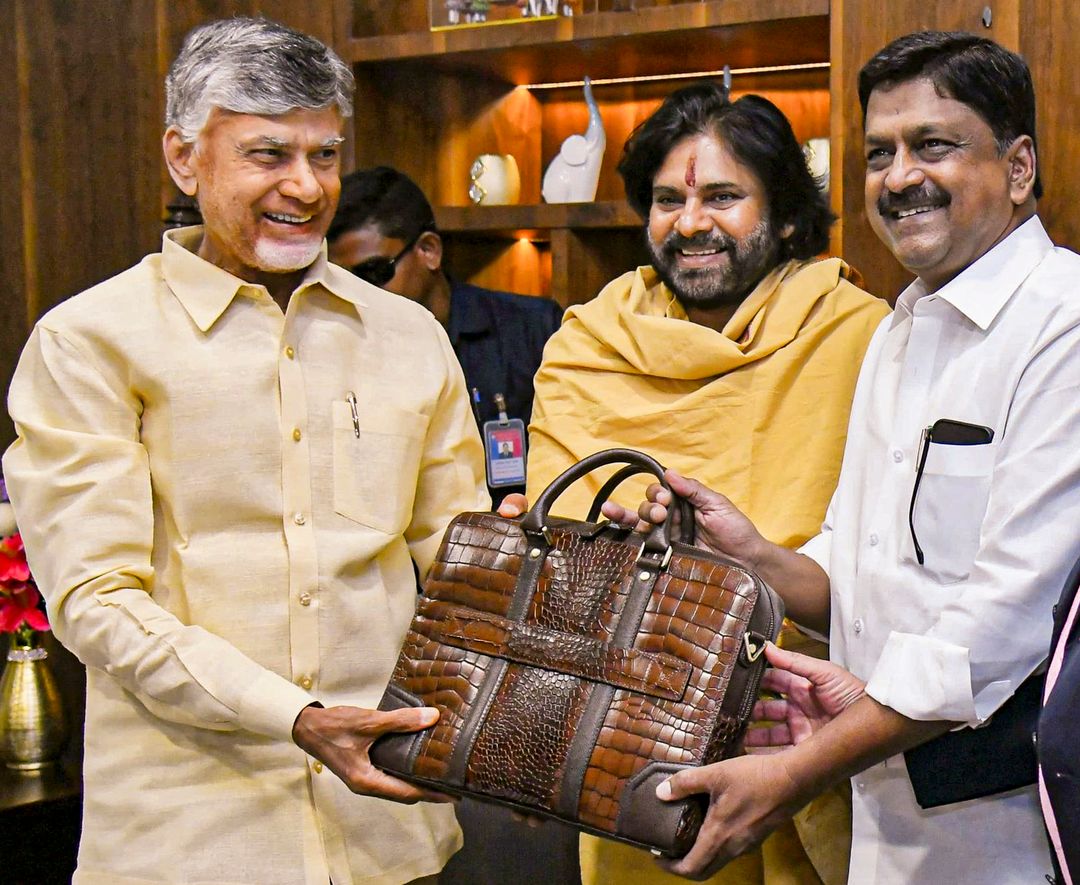Amaravati, February 28, 2025: The Andhra Pradesh government on Friday presented an ambitious budget amounting to over Rs 3.22 lakh crore for the financial year 2025-26. This announcement came amid financial challenges inherited from the previous administration, according to Finance Minister Payyavula Keshav, who delivered the Budget speech in the State Assembly.
Key Highlights of Andhra Pradesh Budget 2025-26
Finance Minister Payyavula Keshav detailed that the estimated revenue expenditure stands at Rs 2.51 lakh crore, while the capital expenditure will exceed Rs 40,000 crore. Despite economic challenges, the government aims to tackle both fiscal and revenue deficits strategically.- Revenue Deficit: Estimated at approximately Rs 33,185 crore, representing 1.82% of the Gross State Domestic Product (GSDP).
- Fiscal Deficit: Projected to reach Rs 79,926 crore, constituting about 4.38% of the state's GSDP.
Significant Allocations for Social Welfare and Development
The Budget has set aside significant funds aimed at uplifting Backward Classes (BC), strengthening education infrastructure, and enhancing healthcare services:- Backward Classes Welfare (BC Component): Rs 47,456 crore, highlighting the government’s continued priority towards socio-economic upliftment.
- School Education: Allocated Rs 31,805 crore to improve quality and accessibility of education, ensuring better learning outcomes.
- Health, Medical, and Family Welfare Department: Allocated Rs 19,264 crore to strengthen healthcare infrastructure and medical services across the state.
Financial Constraints Due to Previous Administration
In his budget presentation, Finance Minister Payyavula Keshav emphasized that formulating this budget was particularly challenging due to the economic distress caused by the preceding government. He accused the previous regime of creating widespread financial disorder across departments, thus complicating the task of budgeting and fiscal management.The Andhra Pradesh government’s budget for 2025-26 aims to navigate these inherited challenges strategically, with careful allocation and prudent fiscal management, aiming for sustainable economic revival and balanced regional development.

